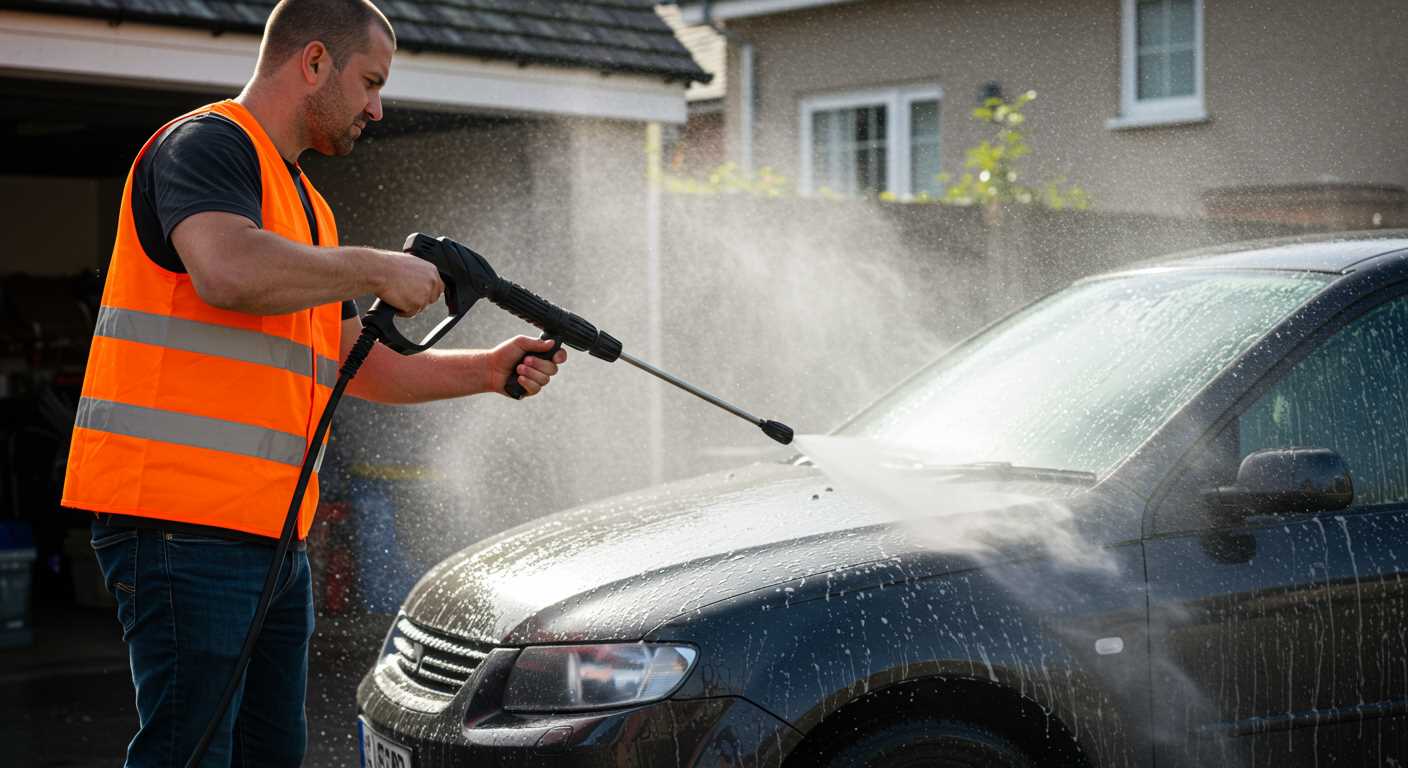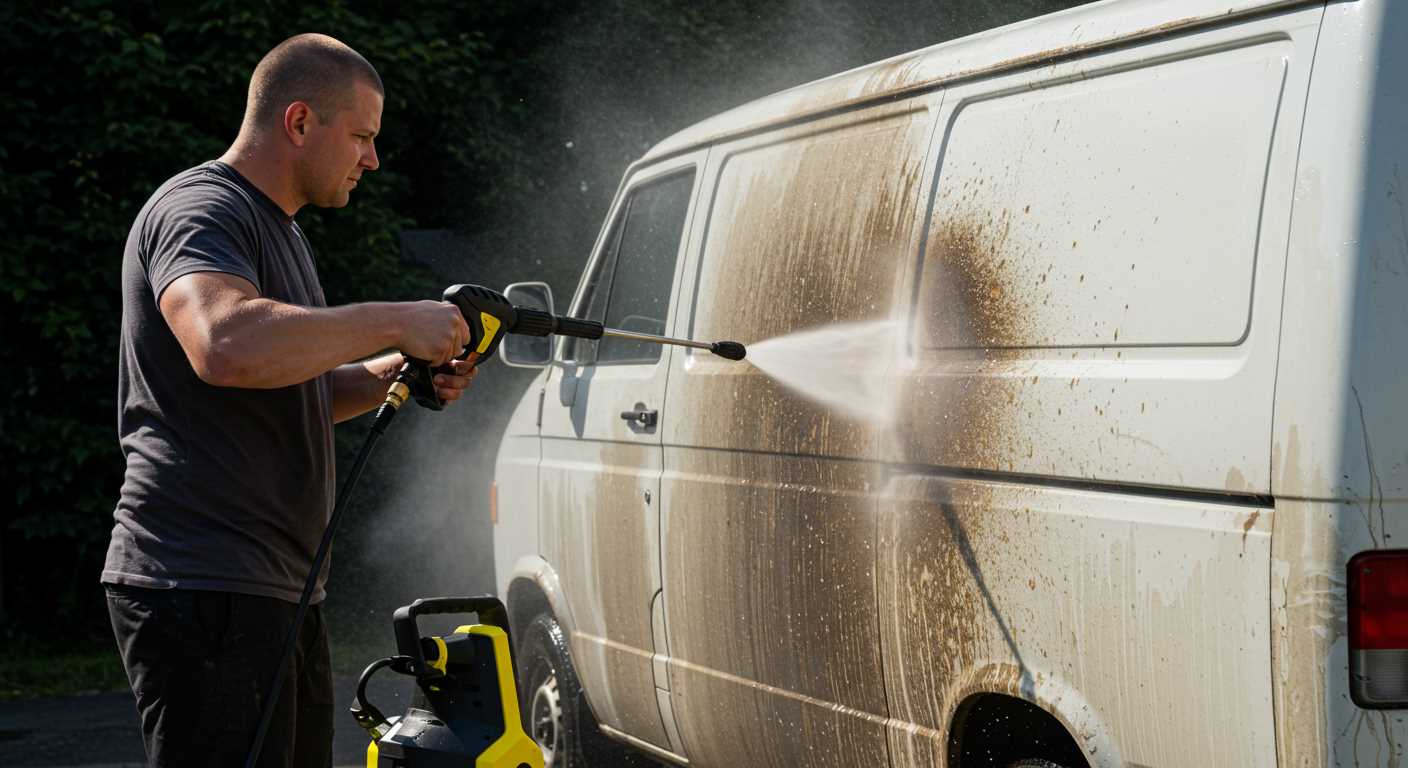



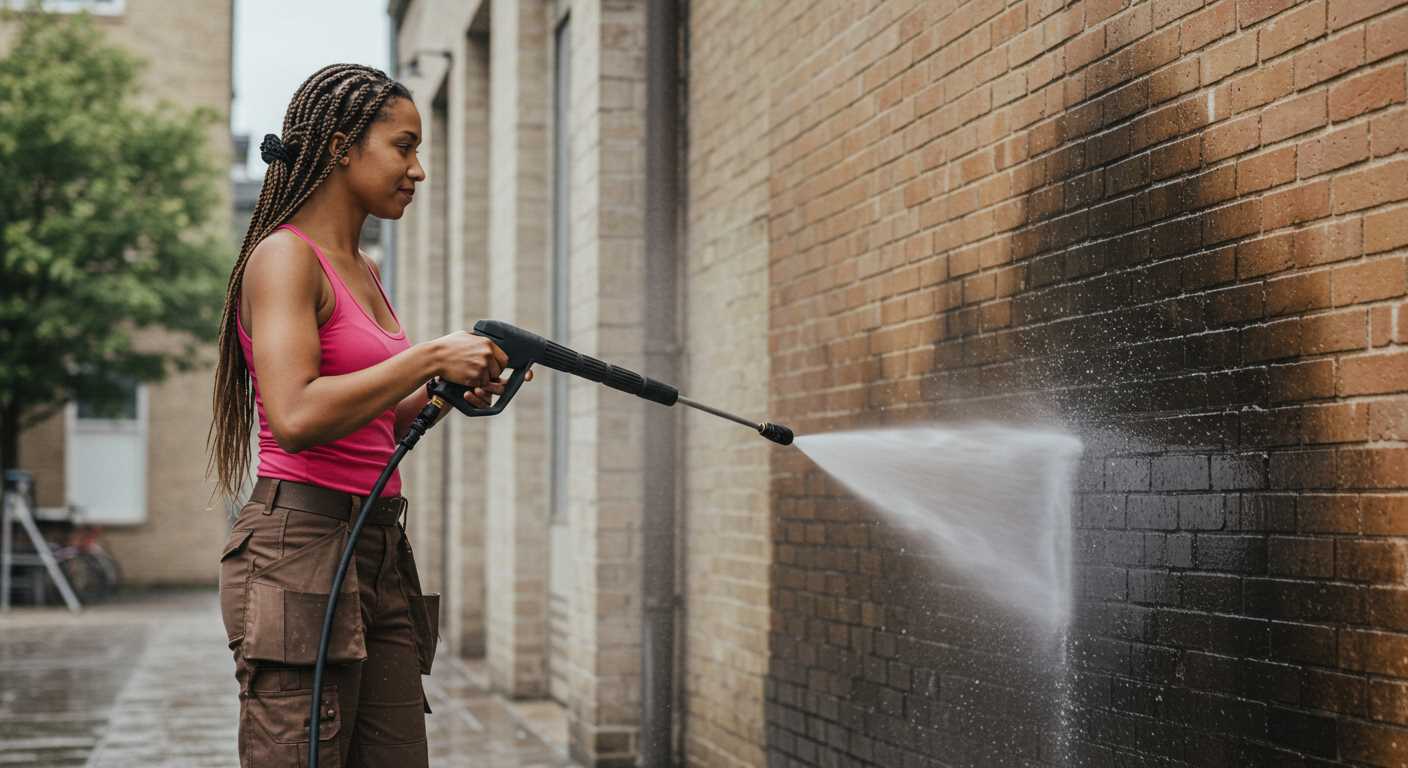
Using a high-pressure cleaning machine can dramatically enhance the appearance of your driveway or patio, making it look like new again. In my experience, the combination of robust water jets and the right cleaning agents can remove years of grime, moss, and stains that have accumulated over time. This method is not only quick but also yields impressive results that often surprise homeowners.
I’ve worked with various models over the years, and one thing I’ve learned is that the adjustable pressure settings are crucial. For delicate surfaces like flagstones or concrete, starting at a lower pressure prevents damage while still effectively dislodging dirt. I recall a project where a client was sceptical about the results; however, after just a few minutes of cleaning, the transformation was remarkable. The faded colours of the stone reappeared, bringing the entire area back to life.
It’s also important to pre-treat any tough stains with suitable cleaners. In my testing, I found that applying a specific solution for oil or rust stains before using the machine significantly increases the cleaning efficiency. This two-step approach not only ensures a thorough clean but also enhances the longevity of the surfaces by preventing deterioration from trapped debris.
Regular maintenance with this method can prevent the need for costly repairs or replacements in the future. I often advise clients to make this cleaning part of their seasonal upkeep. With just a couple of hours and the right equipment, you can greatly improve the aesthetics and safety of your outdoor spaces.
Will A High-Pressure Cleaner Revive Aged Surfaces?
Using a high-pressure cleaner can significantly enhance the appearance of worn-out surfaces. I recall a time when I tackled a driveway that had seen better days. The accumulation of dirt, moss, and stains made it look almost unrecognisable. After just one session with a high-pressure cleaner, the transformation was remarkable. The grime lifted effortlessly, revealing the original colour beneath.
For best results, select the right nozzle for your task. A narrow nozzle concentrates the water flow, which helps remove tough stains, while a wider one is better for general cleaning. In my experience, starting with a lower pressure setting can prevent any damage to the surface while still achieving impressive results. Gradually increasing the intensity allows for better control and effectiveness.
Pre-treating stubborn spots with a suitable cleaning solution can also enhance the outcome. On that challenging driveway, I applied a biodegradable cleaner before using the high-pressure equipment. This combination worked wonders, breaking down the tough build-up and making the cleaning process smoother.
After cleaning, sealing the surface can prolong the results. I’ve seen many instances where a simple sealing treatment after cleaning has kept surfaces looking fresh for years. It creates a protective barrier that shields against future stains and weathering.
In summary, utilising a high-pressure cleaner can rejuvenate weathered surfaces dramatically. The key lies in choosing the right tools, techniques, and follow-up care to maintain the newfound clarity and appeal. Trust me, the results are worth the effort!
Understanding the Mechanics of Pressure Washing
For effective cleaning, focus on the nozzle selection and adjust the water flow according to the surface you’re tackling. A narrower nozzle produces a concentrated stream ideal for tough stains, while a wider nozzle disperses the water, making it suitable for larger areas.
When I first started working with high-powered cleaning units, I was amazed at how the pressure could dislodge years of grime with just the right technique. I remember a project where I tackled a driveway covered in moss and dirt. By switching between nozzle sizes and maintaining a consistent distance from the surface, I managed to reveal a completely transformed area. Always remember, getting too close can damage the surface.
It’s also crucial to understand the role of temperature. Hot water not only enhances the cleaning power but can also help dissolve grease and grime more effectively. For certain tasks, investing in a unit that heats the water can yield remarkable results. If you’re looking for versatility, consider a pressure washer that draws water from a bucket, which allows for use in locations without direct access to a water supply.
Another key aspect is the cleaning agents. Using the right detergent can significantly boost the cleaning process. I’ve learned that applying detergent before washing, allowing it to sit for a few minutes, and then rinsing with a high-pressure stream results in a much cleaner finish. Always ensure the detergent is suitable for the surface you’re working on to avoid damage.
Lastly, maintenance of your equipment cannot be overlooked. Regularly check for clogs and ensure the seals are in good condition to guarantee optimal performance. In my experience, taking care of your tools will extend their lifespan and ensure they work efficiently. A clean machine translates to a clean job!
Types of Paving Suitable for High-Pressure Cleaning
Concrete slabs are excellent candidates for high-pressure cleaning. Their robust surface can withstand intense water jets, effectively removing ingrained dirt and stains. I’ve tackled numerous driveways made of concrete, and the results are consistently impressive. Just ensure that any cracks are sealed beforehand to prevent further damage.
Natural stone surfaces like granite and slate also respond well to this method. The texture of these materials allows for deep cleaning without risking erosion. I recall a particularly stubborn patio made of slate; after a thorough clean, the colours were vibrant again, revealing a beauty that had been hidden under years of grime.
Brickwork is another type that benefits significantly from this technique. The porous nature of bricks means they can trap dirt and moss, but a powerful spray can release this build-up. I’ve seen bricks regain their original hue in no time. However, be cautious with the mortar joints; too much force can cause them to weaken.
Porous tiles, such as terracotta, can also be rejuvenated with high-pressure cleaning. These tiles often accumulate dirt in their tiny holes, making them look dull. I once restored a terracotta patio in a matter of hours, transforming it from dull to dazzling.
Interlocking pavers are another solid choice. The spaces between each paver can trap debris and weeds, but a focused clean can dislodge all the unwanted material. I remember working on a client’s driveway where the pavers had become almost unrecognisable; after a session of high-pressure cleaning, the transformation was astonishing.
Always consider the specific type of surface you are working with, as some materials may require a gentler touch. Knowing how to adjust the water pressure and nozzle type is key to achieving the best results without causing harm. This approach ensures a thorough clean while preserving the integrity of the material.
Preparing the Area for Pressure Washing
Before embarking on the cleaning process, it’s crucial to prepare the area effectively. This ensures safety and maximises the results. Here’s how to get started:
Clear the Surroundings
- Remove any furniture, planters, or decorations from the surface. This prevents damage and allows for unobstructed access.
- Check for nearby vehicles and relocate them to avoid any accidental splashes or water damage.
Protect Vulnerable Areas
- Cover any nearby plants or delicate landscaping with tarps or plastic sheeting. High water pressure can displace soil or damage foliage.
- Seal windows and doors to prevent water intrusion. Use tape or plastic sheeting for added protection.
Inspect the surface for cracks or loose materials. Addressing these issues beforehand can prevent further damage during the cleaning process. If you notice any large debris, such as stones or twigs, remove them to avoid clogging the equipment.
After clearing the area, ensure appropriate drainage. If the surface is not sloped, consider placing a drain pan or creating pathways for excess water to flow away safely.
Finally, gather your equipment and inspect hoses and connections for any leaks or damages. This will save time and ensure a smooth operation when the cleaning begins.
Selecting the Right Pressure Washer Settings
For optimal results, start with the correct nozzle. I often recommend a 25-degree nozzle for most surfaces, as it strikes a balance between power and coverage. A narrower nozzle, like a 15-degree, is great for tough stains but can damage softer materials. Always test on a small, inconspicuous area first.
Adjust the pressure based on the material. For concrete or brick, a setting of 2500 to 3000 PSI usually works well. However, for softer surfaces such as wood or asphalt, dial it down to around 1500 to 2000 PSI to prevent any damage.
Temperature can also play a significant role. Hot water can cut through grease and grime more effectively than cold. If your equipment allows, set it to a high temperature for oily spots, but ensure that the surface can withstand the heat to avoid warping.
When it comes to cleaning solutions, using a compatible detergent can enhance the process. Always follow the manufacturer’s instructions regarding dilution and application. I’ve seen fantastic results when letting the detergent sit for a few minutes before rinsing, as it allows time for dirt to loosen.
Lastly, maintain a steady distance from the surface. Keeping the nozzle about 12 to 18 inches away usually yields the best results. Too close can cause etching, while too far can reduce cleaning effectiveness. Adjust as necessary based on the surface condition and material.
Choosing the Appropriate Cleaning Solutions
Selecting the right cleaning agents is crucial for achieving optimal results. For most surfaces, a simple mixture of warm water and mild detergent suffices. In my experience, using a pH-neutral cleaner is beneficial, as it won’t damage the surface while effectively removing dirt and grime. For stubborn stains like oil or grease, a targeted degreaser can work wonders.
Always conduct a patch test with any cleaning solution on a small, inconspicuous area. This ensures compatibility and prevents unwanted damage. I recall an instance where I used a more potent cleaner on stone paving, thinking it would enhance the outcome. Instead, it caused discolouration, which required additional restoration efforts.
For eco-conscious individuals, opt for biodegradable solutions. They are as effective as traditional cleaners but are kinder to the environment. Always read labels and follow the manufacturer’s instructions for proper dilution and application.
Don’t overlook the importance of rinsing thoroughly after applying any cleaning agent. Residual chemicals can lead to slippery surfaces once dried. If you’re unsure about which product to use, research online reviews or consult professionals.
For more information on selecting the right tools, check out this link: a digital camera looks almost identical to a traditional camera.
Techniques for Pressure Washing Paving
For optimal results, always maintain a consistent distance of about 12 to 18 inches from the surface while applying water. This helps prevent damage while ensuring effective cleaning. I recall a project where I got too close to a delicate surface and ended up causing more harm than good. Trust me, it’s better to be cautious.
Angles Matter
Adjusting the angle at which you spray can significantly influence your cleaning success. I typically use a 45-degree angle to lift dirt and grime without pushing debris further into the material. When I switched to a 25-degree nozzle, I noticed it worked wonders for stubborn stains, but it required a careful approach to avoid etching the surface.
Technique Variation
Employing a sweeping motion rather than a static approach is essential. I often start from one side and move across in a steady rhythm, overlapping each pass slightly. This method ensures even coverage and prevents streaking. It’s also wise to keep the nozzle moving to avoid concentrated areas that could lead to damage.
| Technique | Description |
|---|---|
| Distance Control | Maintain 12-18 inches from the surface to avoid damage while ensuring effective cleaning. |
| Angle Adjustment | Use a 45-degree angle for general cleaning; switch to a 25-degree nozzle for tougher stains. |
| Sweeping Motion | Adopt a consistent sweeping motion, overlapping passes to ensure even coverage and avoid streaks. |
Always remember to adjust your technique based on the specific surface material. I’ve learned the hard way that what works on concrete might not be suitable for brick or stone. Understanding the nuances of each type can save you a lot of time and effort in the long run.
Common Mistakes to Avoid During the Process
One major oversight is neglecting to clear the area thoroughly before starting. I recall a situation where I rushed through the preparation stage, leaving behind leaves and debris. The result was a muddy mess, making the entire task longer and less effective.
Another pitfall is using incorrect settings on your machine. I remember a time I set it too high, causing damage to the surface instead of cleaning it. Always check the manual for the right pressure levels and nozzle types for your specific surface.
Using inappropriate cleaning agents can also backfire. On one occasion, I opted for a strong chemical cleaner without testing it first. The surface ended up discolored. Always test a small, inconspicuous area before committing to any solution.
It’s easy to underestimate the power of water. I was once caught off guard by the force and inadvertently sent debris flying everywhere, which added to my clean-up time. Maintain a safe distance and angle to avoid accidents.
Lastly, avoid rushing the drying process. I learned this the hard way after cleaning a driveway and stepping on it too soon, leaving footprints embedded in the surface. Allow adequate time for complete drying before walking on or using the area.
Post-Cleaning Care for Paved Surfaces
After achieving a significant clean on your surfaces, it’s essential to take steps to maintain that fresh look. First, inspect for any remaining stains or debris. Sometimes, certain tough spots might require additional attention, so don’t hesitate to apply targeted cleaning solutions to those areas.
Next, consider sealing the surface. A quality sealant can protect against future staining, weather damage, and wear. This is particularly beneficial for porous materials, as it prevents moisture penetration and extends the life of the surface. Make sure to choose a sealant that is compatible with your specific type of material.
Regular maintenance is key. Schedule periodic cleanings to prevent the accumulation of dirt and grime. I recommend performing a light clean every few months, especially in high-traffic areas, to keep surfaces looking pristine. It’s much easier to maintain than to deal with heavy build-up later on.
Pay attention to the environment around your paved areas. Trim any overhanging branches to minimise debris falling onto the surface. Additionally, consider installing a drainage system if water tends to pool, as standing water can lead to moss or algae growth.
Lastly, educate yourself on seasonal care. In winter, remove snow and ice promptly to prevent damage from freeze-thaw cycles. During hot months, be cautious with the use of certain chemicals that could react adversely with high temperatures. Stay proactive, and your surfaces will look impressive for years to come.
Assessing the Results: Is Your Paving Restored?
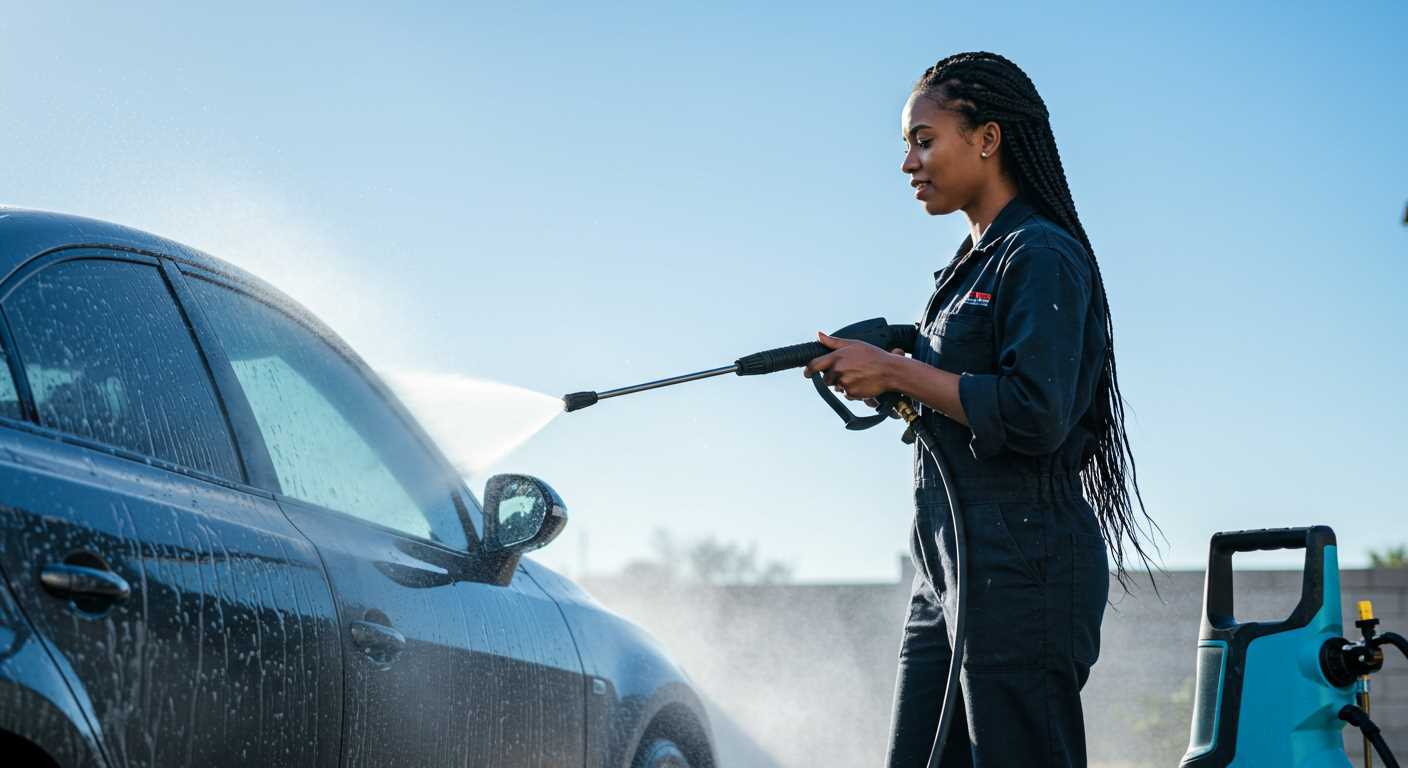
After cleaning the surfaces, the next step is to evaluate the transformation. Here’s how to determine if the surfaces have regained their former glory.
- Visual Inspection: Start with a thorough visual check. Look for uniformity in colour and texture. The surfaces should appear significantly cleaner, free from stains and discolouration.
- Surface Integrity: Check for any damage or cracks that may have been hidden by dirt. A successful cleaning should not exacerbate existing issues.
- Water Absorption Test: Pour a small amount of water on different areas. If the water beads up, it indicates a good level of cleanliness and protection. If it soaks in quickly, further treatment may be needed.
In my experience, the difference can be striking. I once tackled a series of driveways that looked almost grey with grime. After treatment, the original shades were vibrant again, showing the potential locked under layers of dirt.
Sometimes, the results aren’t as dramatic. If surfaces still appear dull or stained, consider these options:
- Second Cleaning: A repeat cleaning with a different nozzle or technique might yield better results.
- Specialised Cleaners: For persistent stains, applying a specific cleaning agent designed for the material can help.
- Sealing: After achieving a satisfactory level of cleanliness, sealing the surfaces can protect them from future grime and enhance their appearance.
Gauge your satisfaction based on the initial condition and your expectations. Sometimes, the surfaces may not look brand new, but a significant improvement often suffices. It’s all about aligning the results with your goals for the space.

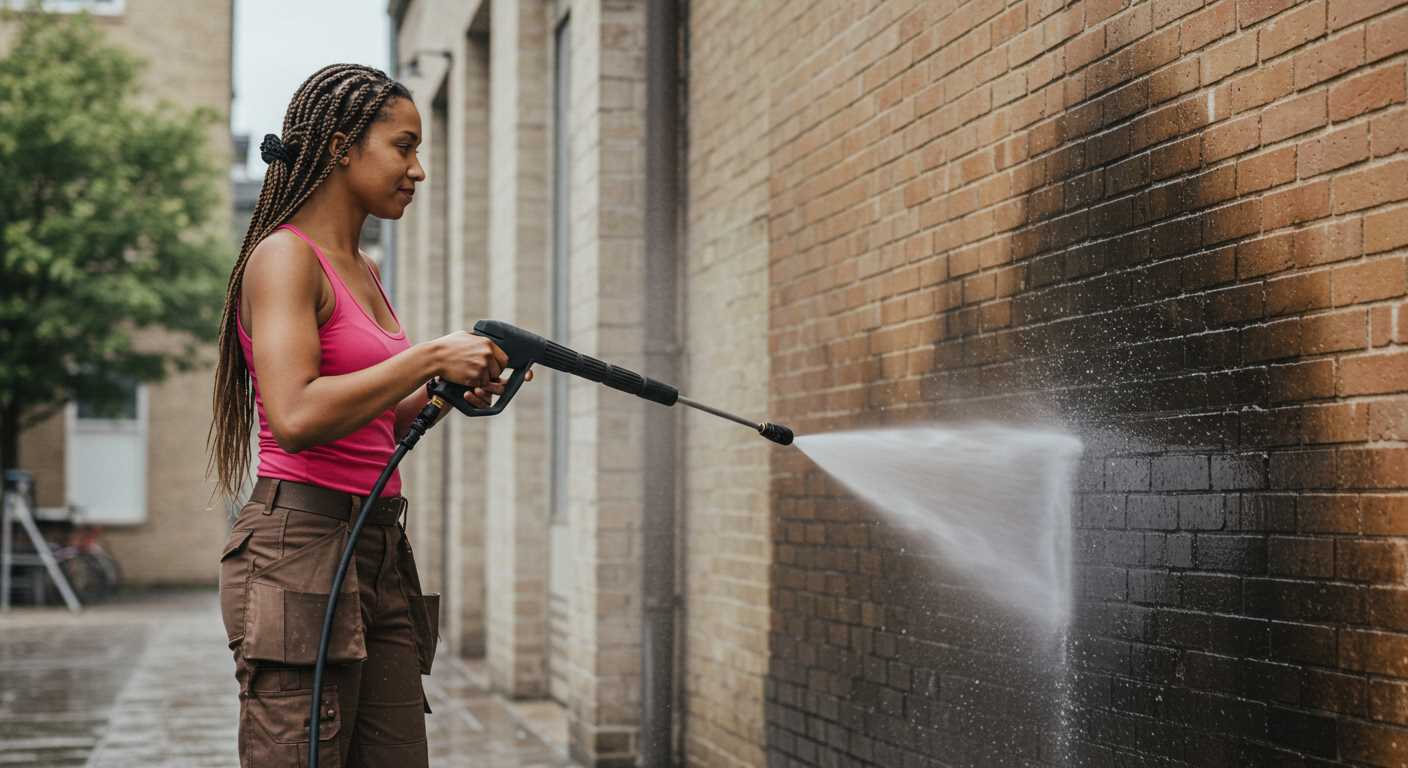
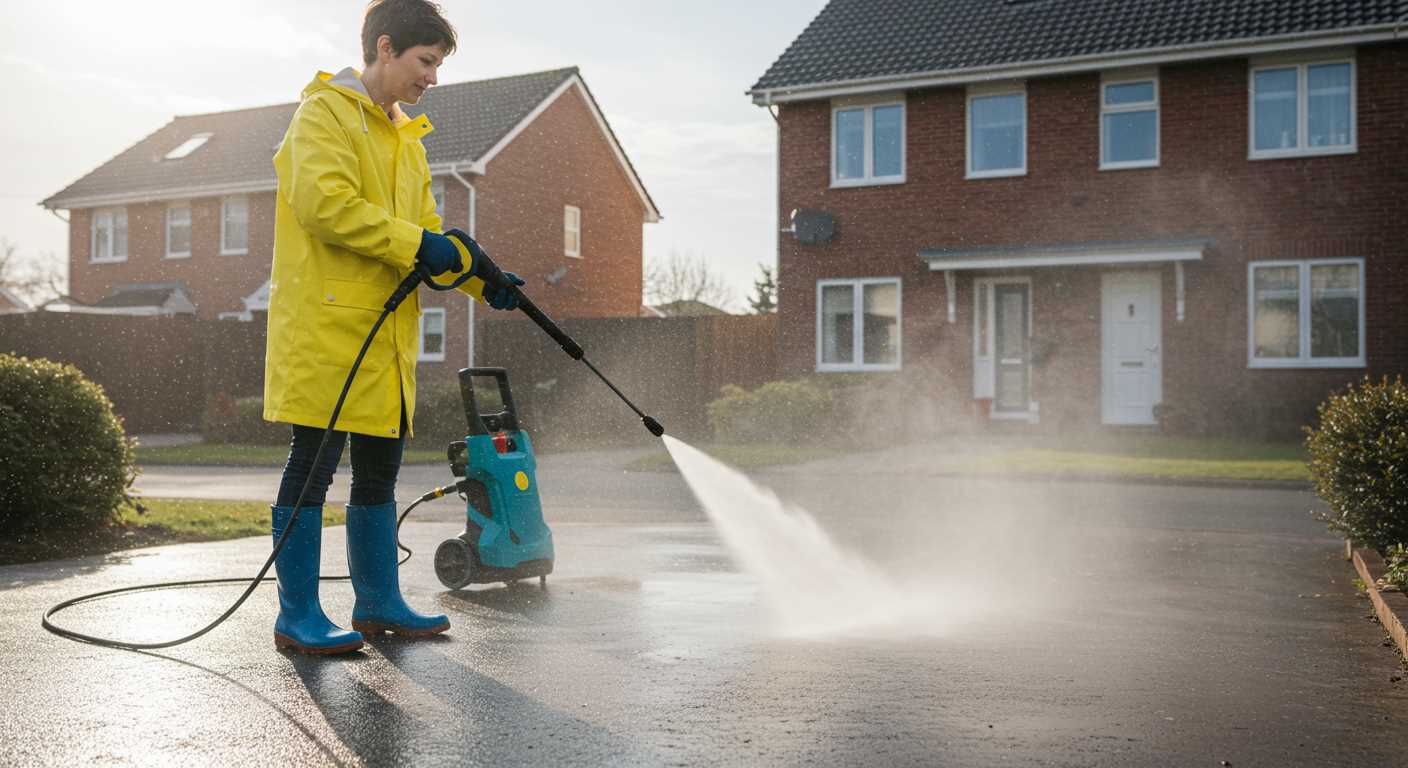
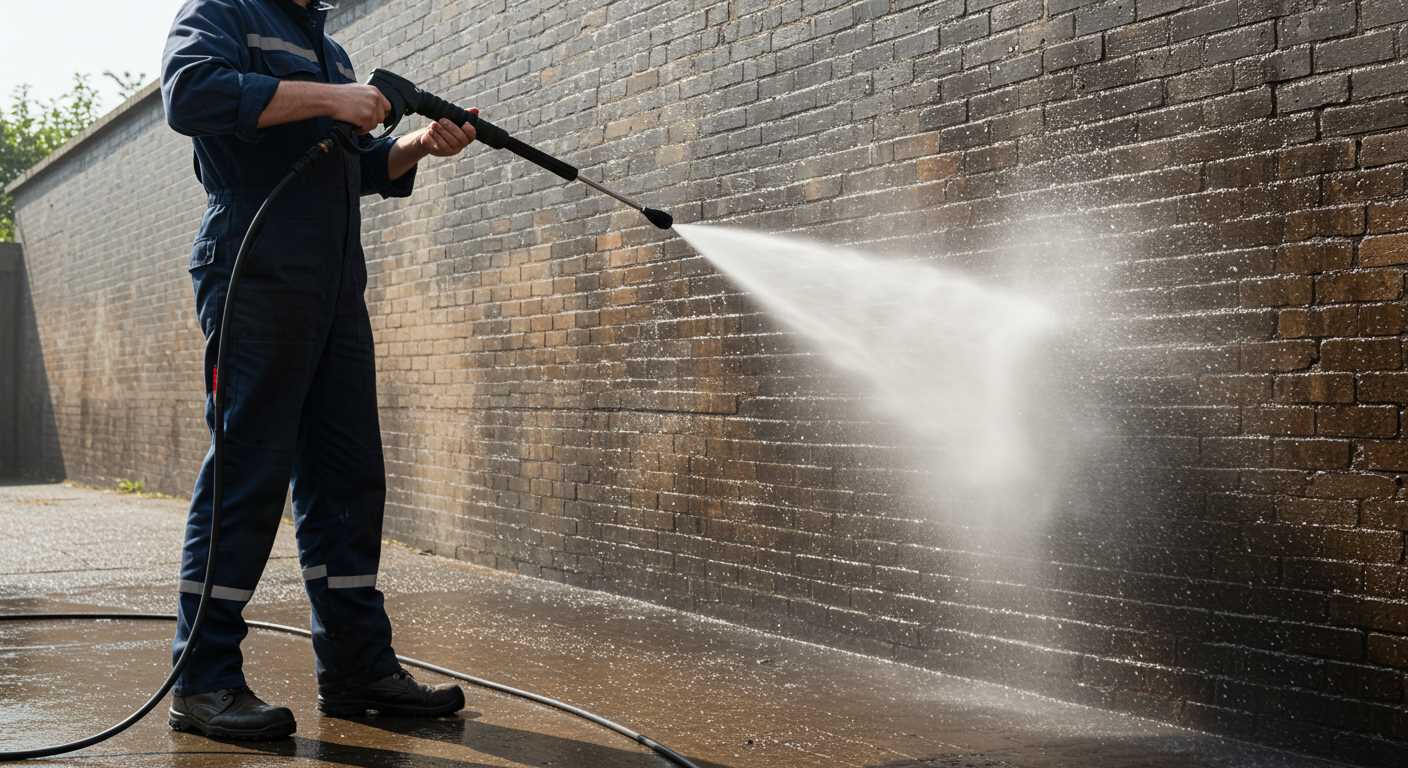
.jpg)
